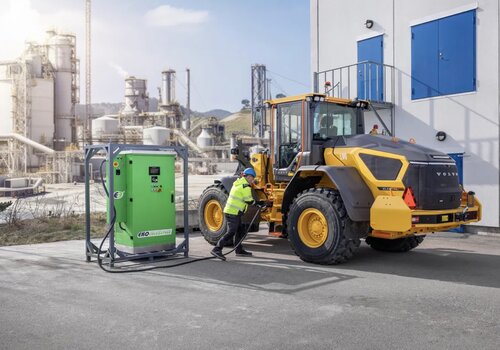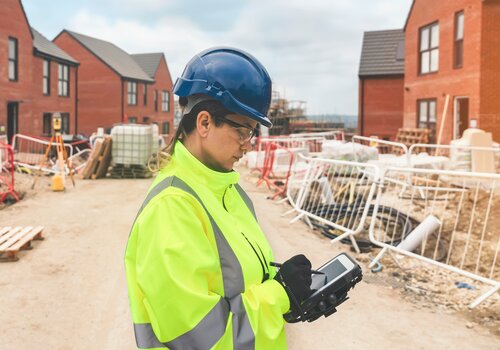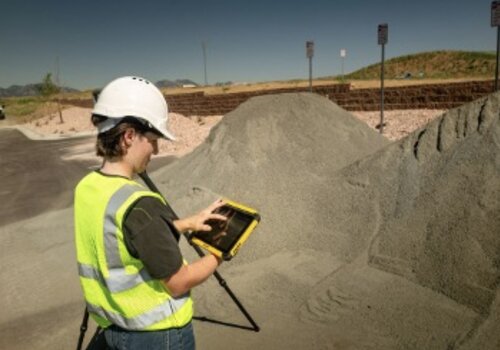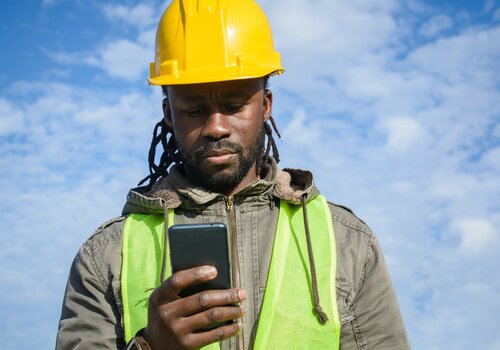Digital twin technology is revolutionizing the construction industry by providing a dynamic, real-time virtual representation of physical assets. This technology is transforming project planning, execution and management, offering numerous benefits to construction workers and business owners.
WHAT IS DIGITAL TWIN TECHNOLOGY?
Digital twin technology builds a virtual replica of an actual structure built by confirming every detail through integrated 3D models, data and simulations. This dynamic digital copy evolves alongside its physical counterpart, continuously updated with real-time data from sensors, IoT devices and other sources. Digital twins enable construction professionals to visualize, monitor and optimize every aspect of a project, from design to completion and beyond.
THE RISE OF DIGITAL TWIN TECHNOLOGY
Digital twin technology has gained traction in recent years due to advancements in data integration, real-time monitoring and predictive analytics. The construction industry, traditionally slow to adopt new technologies, is now embracing digital twins to enhance efficiency, reduce costs and improve project outcomes.
Key components driving the rise of digital twin technology include:
- Data Integration: Combining data from various sources, such as Building Information Modeling (BIM), IoT sensors and historical project information, to create a comprehensive digital representation.
- Real-time Monitoring: Utilizing a network of sensors and connected devices to provide up-to-the-minute information on structural integrity, environmental conditions and project progress.
- Predictive Analytics: Leveraging artificial intelligence and machine learning to forecast potential issues and optimize performance throughout the project lifecycle.
Visualization: Advanced 3D modeling and augmented reality capabilities allow stakeholders to interact with the digital twin in intuitive and immersive ways.
IMPACT ON PROJECT PLANNING
Digital twin technology significantly enhances project planning by providing a holistic view of the project, enabling better decision-making, collaboration and efficiency.
- Enhanced Decision-Making: Digital twins offer a comprehensive view of the project, allowing for more informed and timely decision-making. Project managers can test different scenarios virtually before implementing them in the real world, reducing the risk of costly mistakes and delays.
- Improved Collaboration: Digital twins serve as a central hub for all project information, fostering better collaboration among architects, engineers, contractors and clients. This shared digital environment keeps all parties on the same page.
- Optimized Performance: By continuously monitoring and analyzing real-time data, digital twins help optimize project performance. Predictive analytics can identify potential issues before they become critical, allowing for proactive maintenance and adjustments.
- Efficient Resource Management: Digital twins enable precise resource management by providing detailed insights into material usage, labor allocation and equipment performance. This helps in reducing waste, controlling costs and improving overall project efficiency.
- Risk Mitigation: The ability to simulate and analyze different scenarios helps in identifying and mitigating risks early in the project. Digital twins can model the impact of various factors, such as weather conditions, supply chain disruptions and design changes, allowing for better contingency planning.
- Sustainability and Compliance: Digital twins support sustainability initiatives by optimizing energy usage, reducing waste and ensuring compliance with environmental regulations. They provide a detailed record of the project's environmental impact, helping construction companies meet sustainability goals.
REAL-WORLD APPLICATIONS
Digital twin technology is being applied across various stages of construction projects, from design and engineering to operation and maintenance.
- Design and Engineering: Digital twins enable virtual prototyping before construction starts. The digital twin simulation integrates architectural and engineering models to assess design feasibility, conduct BIM clash detection and visualize final products in 3D.
- Construction Phase: During construction, digital twins mirror real-time progress using IoT sensors, drones and subcontractor data. This is used for logistics planning, materials forecasting, workforce allocation and tracking build status against project timelines.
- Operation and Maintenance: Post-construction, the digital twin transforms into an as-built digital record of the asset with all its data history. Facilities managers can leverage this "digital profile" for long-term maintenance, such as predicting equipment failures, optimizing energy consumption and tracking usage patterns.
- Retrofits and Renovations: For existing buildings undergoing refurbishment, creating a digital twin with laser scanning and IoT data helps simulate retrofit options.
The rise of digital twin technology is transforming the construction industry by enhancing project planning, improving collaboration and optimizing performance. By leveraging real-time data, predictive analytics and advanced visualization, digital twins provide construction workers and business owners with the tools they need to deliver successful projects. As technology continues to evolve, its impact on project planning and execution will only grow, paving the way for a more efficient and sustainable construction industry.
Photo credit: VIRRAGE KUZMA/BIGSTOCKPHOTO.COM












